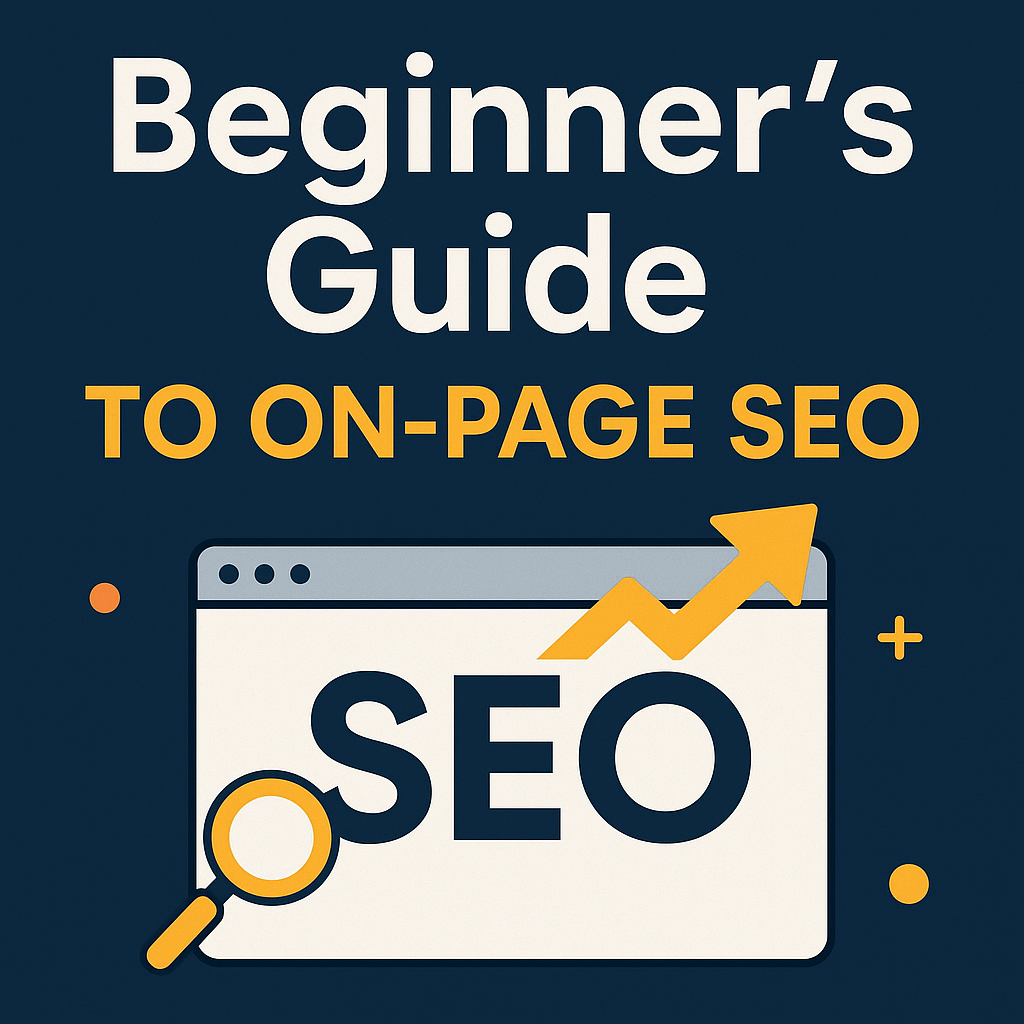Affiliate marketing is no longer just a buzzword—it’s a proven model that thousands use to earn consistent online income. With minimal start-up costs and scalable potential, it offers an accessible gateway to financial freedom.
In this guide, you’ll discover exactly what affiliate marketing is, how it works, and how you can turn clicks into cash in 2025 using real strategies that work.
What Is Affiliate Marketing?
Affiliate marketing is a performance-based online marketing model where individuals (affiliates) promote a company’s products or services. When someone makes a purchase through the affiliate’s unique link, the affiliate earns a commission.
This model doesn’t require you to hold inventory, provide customer service, or create products. Instead, you act as a bridge—driving potential buyers to sellers.
Types of Affiliate Commission Models
- Pay-Per-Click (PPC):
You earn a small fee every time someone clicks your affiliate link, even if they don’t buy. - Pay-Per-Lead (PPL):
You earn a commission when someone completes a specific action—like signing up for a newsletter or registering for a free trial. - Pay-Per-Sale (PPS):
You get a percentage or fixed amount for each sale made through your link. This is the most common and lucrative model.
How Does Affiliate Marketing Work?
- Choose a Niche:
Pick a field you’re familiar with—tech, health, finance, lifestyle, etc. This helps build authority and trust. - Join Affiliate Programs:
Sign up for affiliate networks like Amazon Associates, ShareASale, CJ Affiliate, or direct programs from brands. - Get Unique Tracking Links:
After approval, you receive a tracking link that records sales and conversions. - Create Valuable Content:
Use blogs, videos, email marketing, or social media to introduce your audience to the product in a helpful way. - Earn Commissions:
When your content leads to conversions, you receive payouts as per the affiliate agreement.
Where to Promote Affiliate Links
1. Blogging and SEO
Start a blog and write reviews, how-to guides, or comparison posts. Use keyword research to target what your audience is searching for.
2. YouTube Videos
Create product reviews or tutorials. Add affiliate links in the description.
3. Social Media
Platforms like Instagram, Facebook, TikTok, and Twitter are powerful tools to build a following and share links.
4. Email Marketing
Build an email list and promote affiliate products with helpful and well-crafted newsletters.
5. Review & Comparison Sites
Build sites that compare different tools or products. These are highly profitable if optimized for SEO.
How to Choose the Right Affiliate Program
- Commission Rate: Look for programs that offer at least 10–30% per sale.
- Cookie Duration: A longer cookie window increases chances of conversion.
- Brand Reputation: Promote only what you trust—this impacts your audience’s trust too.
- Conversion Rate: Use programs that already convert well.
- Support & Resources: Good affiliate programs provide banners, product data feeds, and insights.
Pros and Cons of Affiliate Marketing
Pros:
- Low start-up costs
- No customer service or inventory handling
- Potential for passive income
- Scalable across different niches
- Flexible—work from anywhere
Cons:
- High competition
- Earnings depend on third-party platforms
- Commission structures can change
- Takes time to build authority and trust
- Some programs have delayed or restricted payouts
How to Maximize Your Affiliate Earnings
1. Focus on Value, Not Just Sales
Offer genuine solutions. People buy from those they trust.
2. Use SEO Strategies
Optimize your content to rank higher on Google and attract organic traffic.
3. Build an Email List
This gives you a direct line to potential buyers. Tools like MailerLite or ConvertKit make it simple.
4. Test and Track
Use tools like Google Analytics or affiliate dashboards to analyze what’s working. Double down on converting strategies.
5. Diversify Your Income
Don’t rely on one affiliate program. Spread across different platforms and products.
Trends in Affiliate Marketing (2025 Outlook)
- AI-Powered Content Creation: Tools like Jasper and SurferSEO are helping affiliates create optimized content faster.
- Voice Search Optimization: More users are searching via voice; content should match that tone.
- Micro-Influencers: Small but engaged followings are converting better than large but passive ones.
- Subscription-Based Products: Recurring commissions from tools like ConvertKit, Bluehost, or NordVPN are more stable than one-off purchases.
10 Practical Tips to Succeed
- Niche down and specialize
- Promote only what you use or trust
- Don’t spam—provide real help
- Invest in content quality
- Use visuals and videos to boost engagement
- Build relationships with your audience
- Compare multiple tools or services honestly
- Use data and analytics to refine your strategy
- Stay updated with platform policies
- Be patient—affiliate success is a marathon, not a sprint
Conclusion
Affiliate marketing in 2025 is a smart way to build a digital income stream. It rewards creativity, consistency, and strategy. Whether you’re a blogger, a content creator, or just starting out, there’s room to grow and earn.
Commit to offering real value, test your strategies, and be persistent. With time, affiliate marketing can evolve from side hustle to full-time success.

